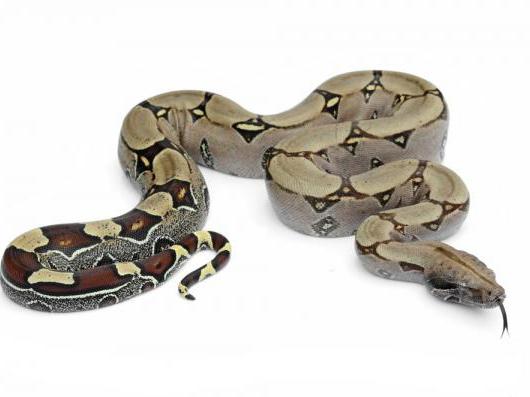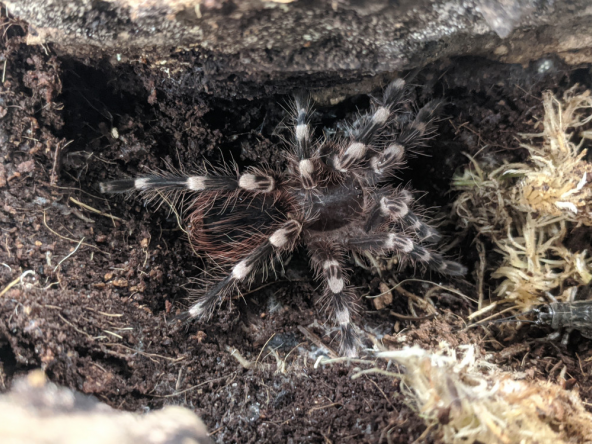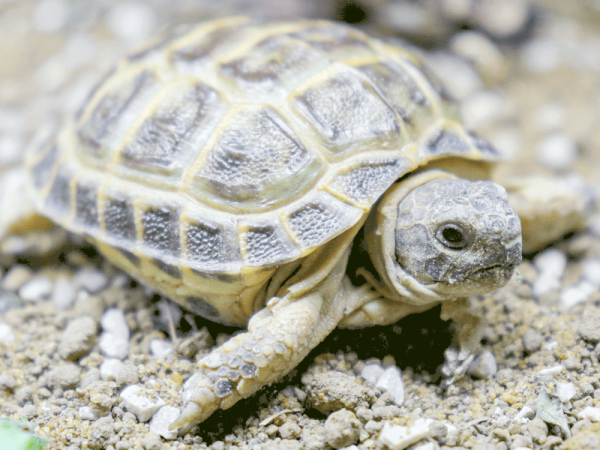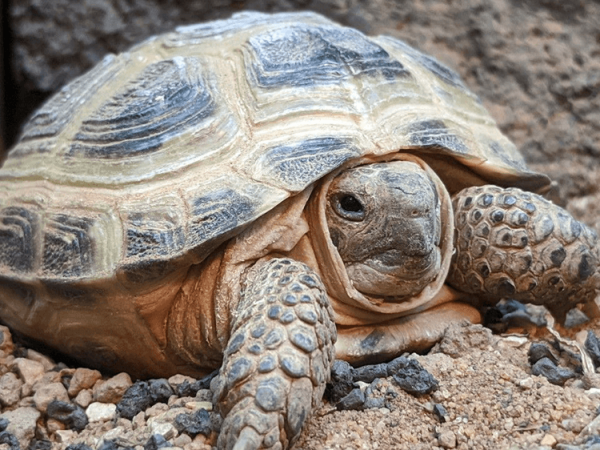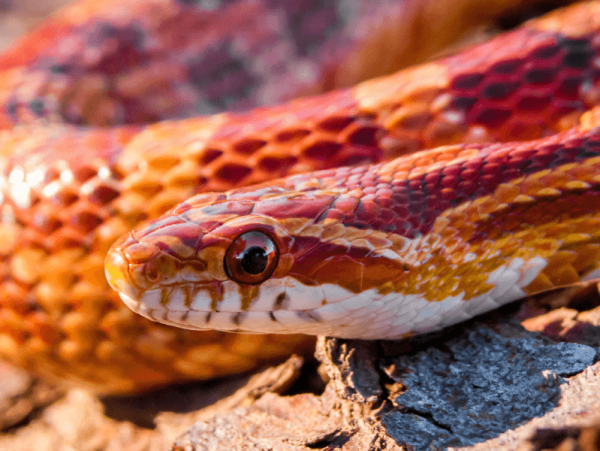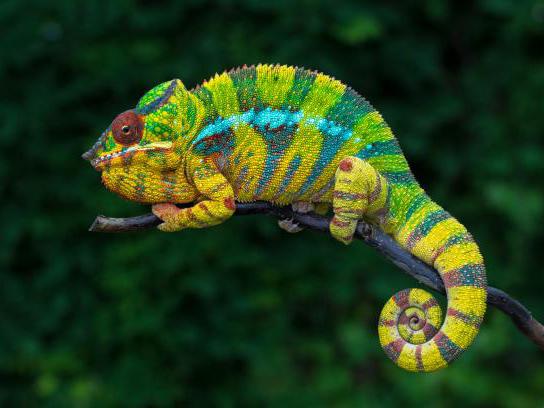Feeding your reptiles frozen food
Many reptiles require a diet made up solely, or partially, of frozen-thawed food items, such as mice, rats, guinea pigs, chicks or quail. Deciding on the correct feeder option and size is of utmost importance for the health and wellbeing of your reptile. Feeding your snake or lizard their natural prey (or as close to it as possible) can be an extremely fun and rewarding process, giving you an inside view into their natural behaviours.
Your reptile's frozen diet
Your reptile's diet needs to be based on their species, what they would prey on naturally, along with their age and size. For example, although a fully grown adult Reticulated or Burmese python can quite easily take a fully grown rabbit, younger individuals will need to be fed on smaller mice or rats whilst they grow.
Research is key here, so we recommend looking at relevant care sheets and enlisting help from experts such as our store team who are contactable on [email protected] if you have any questions regarding your pet species, what they should be fed and how often.
In the UK, frozen reptile food is quite widely available, with mice, rats, guinea pigs and rabbits being among the favourites, and it is likely that your carnivorous reptile will be fed on one or more of these foods.
Getting hold of frozen reptile food
Once you have completed the research process and know what and when you should feed to your reptile, the next step is finding a reliable source of frozen food. This can be your local reptile store, or online retailers such as us, the main concern is choosing a supplier that states hygienic breeding, good ethics and high-quality foods. Frozen foods from unreliable sources are more likely to harbour parasites and reduced nutrition, particularly if the individual has not been well fed throughout its life.
Some of the best deals to be found are online, where bulk purchases can be made (providing you have enough room in your freezer to keep them) getting you a better price per animal, just make sure their delivery time suits you. For instance: ordering from Swell before 3 pm, Monday to Thursday means we dispatch the food the same day, so you will need to have somebody home the following day to accept it or else it might start to defrost, despite the refrigerated vans and specialised packaging we use, as the dry ice is only guaranteed to last for 24 hours.
Feeding your reptile their frozen food
Now comes the fun part! First, you need to defrost the food. There are many ways to do this, but arguably the best way is to allow the food to defrost slowly at room temperature, we recommend laying them on a piece of newspaper or paper towels, away from food preparation surfaces, and allowing them to defrost.
Never use external heat to defrost your reptiles frozen food, such as hairdryers or microwaves, as along with increasing the risk of cross-contamination, some methods (microwaves in particular) can lead to the food items cooking unevenly, which can lead to internal burns in some instances. For more detailed information regarding the risks of bacteria from frozen reptile food, please see our other help guide.
Once your frozen food is defrosted, now comes the fun part! If this is your first reptile feeding, be prepared that your reptile may have an aggressive feeding response, and strike out at the food item very quickly, which can make even experienced keepers jump a little! Other reptiles may need a bit of tempting to get them to eat, this is just a case of personalities between different reptiles, just as some people live to eat, and others eat to live, reptiles are very much the same.
To keep your hands safe from good feeders, we recommend using feeding tongs, here you can hold the prey item by the tail or leg, species-dependent, and dangle it in front of your reptile whilst keeping your hands safely out of the way. For more shy feeders, you may need to wiggle the prey item around a little, imitating the movement of live prey to get your reptile interested.
Frozen food terminology
This can sometimes be a little confusing at the beginning, so use this handy guide to figure things out:
- Mice Pinkies: About 1 to 5 day old mice, quite hairless, only weigh around 1-3g
- Mice Fuzzies: Mice around 6-13 days old, a little more fuzzy hair and around 3-6g
- Mice Hoppers: About 2-3 weeks, and 7-12 grams in weight
- Mice, small, Medium, Large, Extra Large: These guys look like adult mice, and their weights vary.
- Rat Pinkies: 1-6 days old, bigger than their mouse counterparts, about 3-8g
- Rat Pups: 2-3 weeks old, a little more hair, around 21-30 grams, equivalent to adult mice!
- Weaner Rats: 3-4 weeks old, 31-45 grams, no longer fed on milk
- Rats, small, medium large: Juvenile to adult rats of different sizes and weights up to about 350g.
Terminology about rabbits, guinea pigs and chicks are more straightforward, just remember not to give your reptile more than they can handle, as if they swallow something too big, they may regurgitate, which is unpleasant for all involved!




